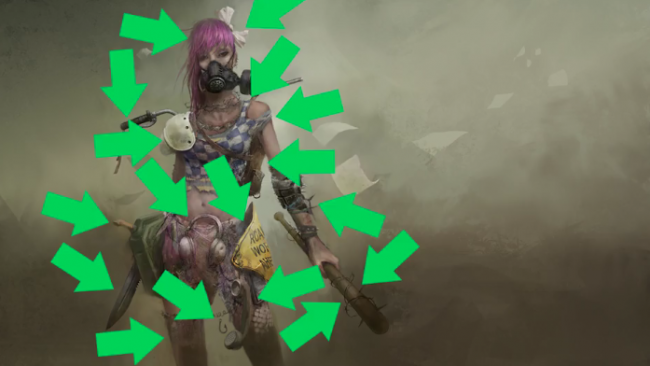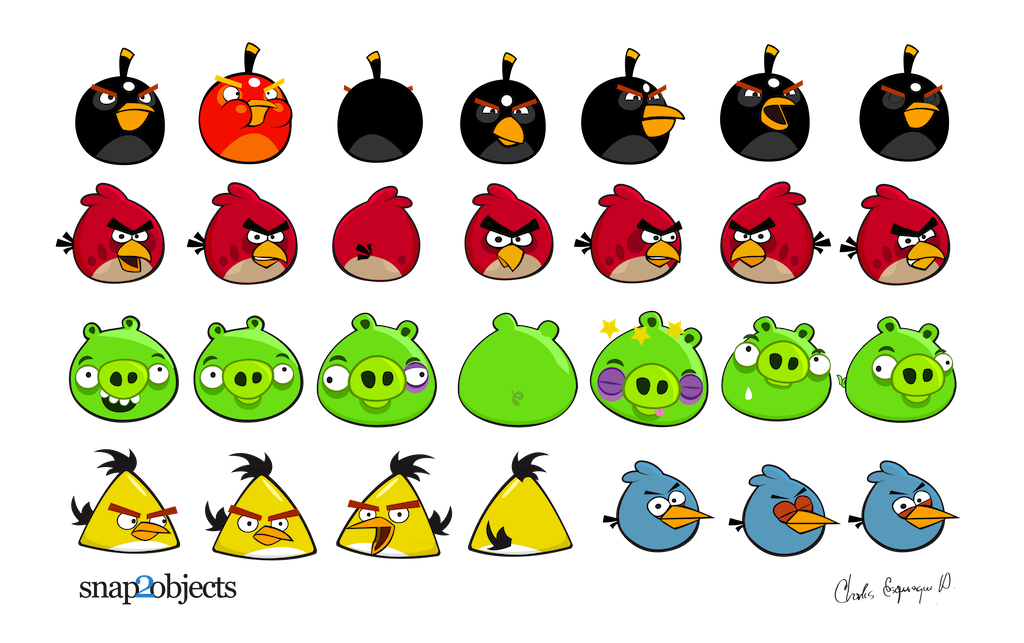Character Design fundamentals
|
1. Density The amount of visible elements in a character. If you compare these two characters you can see that the amount of elements is quite different between the two.
The more dense the design, the more you have to work tell your players about with . We are aware of more specific. But the more elements you have, the least important each element becomes. If we take off Mario’s hat the change will be really noticeable.
Keep in mind that in complicated characters, the player perceives it as a whole. So if you want that one element to stand out in a dense character you will have to indicate it with a different color. 2. Mood and Story When looking at a character we are going to ask ourselves: what is the mood of this character? We will get the information from the choices the designer made. In the example above, Mario seems cartoony and friendly while the Wasteland 2 character seems more serious and threatening. A designer chooses to tells us information about the character through the choice of color palette, accessories, etc. All these pieces are telling us who is the character, what is his story. So remember that we as designers use the characters to communicate things to our players. We can tell them what it is like the game they are about to play. So when you analyze your characters you need to ask yourself: what are the different aspects of your design? what are they communicating to your players. 3. Proportions Every game has a limited area in which to display a character. If the character gets too big, we wouldn’t be able to move them around easily or show enough of the background. If they get too small, the player might not be able to see what’s going on in the game. Also, remember that the characters move quite quickly, so it will hard for a player to see the detail. So, character designs in video games need to balance a character’s purpose with their proportions. For example, Angry Birds they do not need bodies, but they need facial expressions and personality.
There is another reason for adjusting proportions: the bigger a character head the cuter they look. Choosing the general proportions will affect game play and will change the mood of your game. To accompany your drawings presenting your character it is better if you can include a short description of your character: name, background, motivations and story—whatever information you think would be useful to help support your design choices. |



 However in Trine, it is more about jumping, fighting and acrobatics and not so much about facial expressions. The characters in this game have more human proportions.
However in Trine, it is more about jumping, fighting and acrobatics and not so much about facial expressions. The characters in this game have more human proportions.